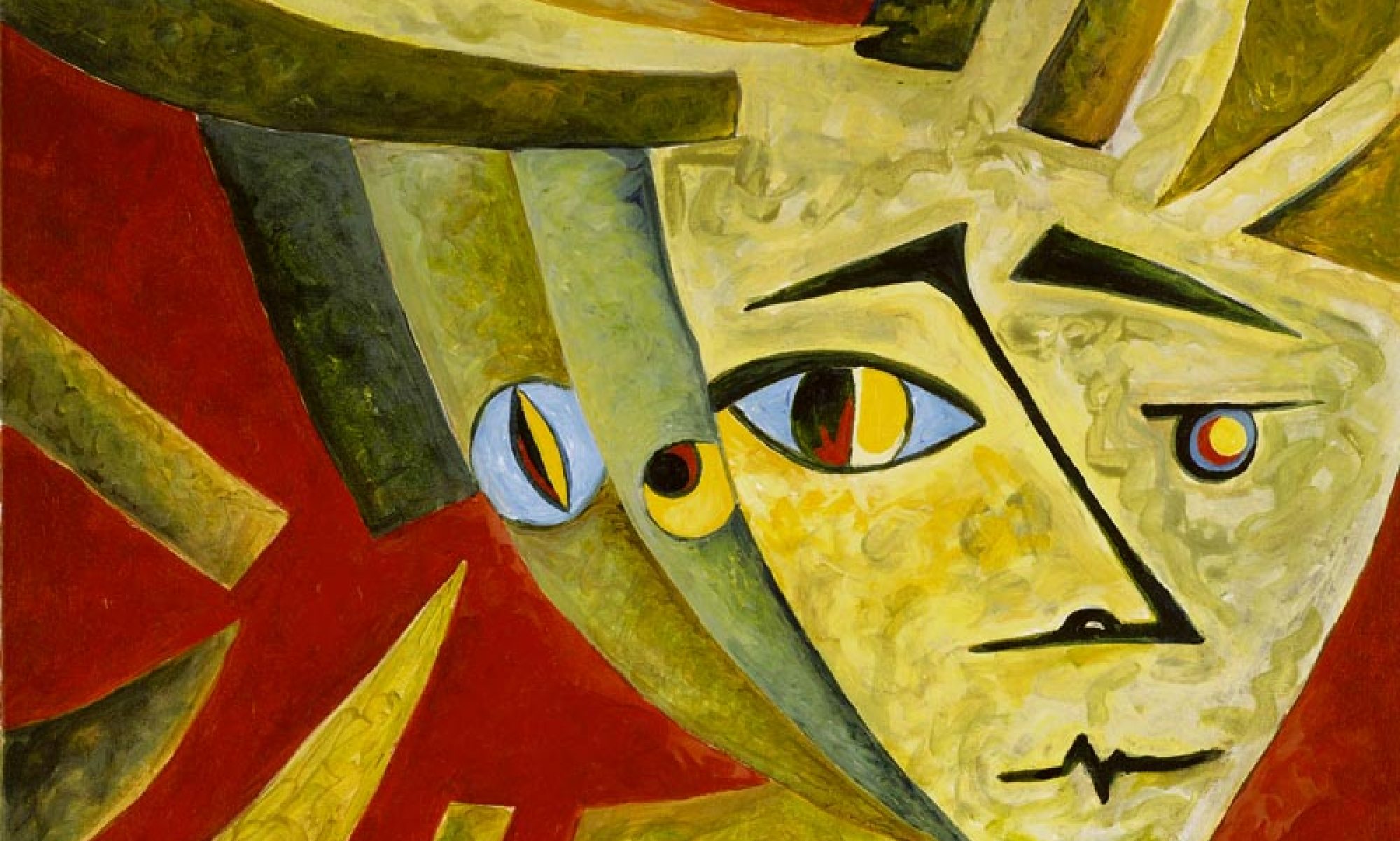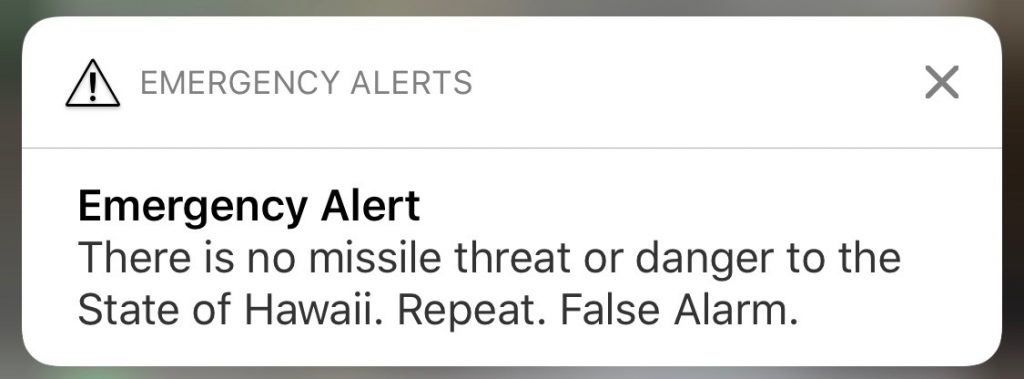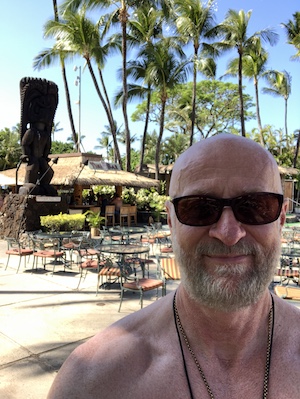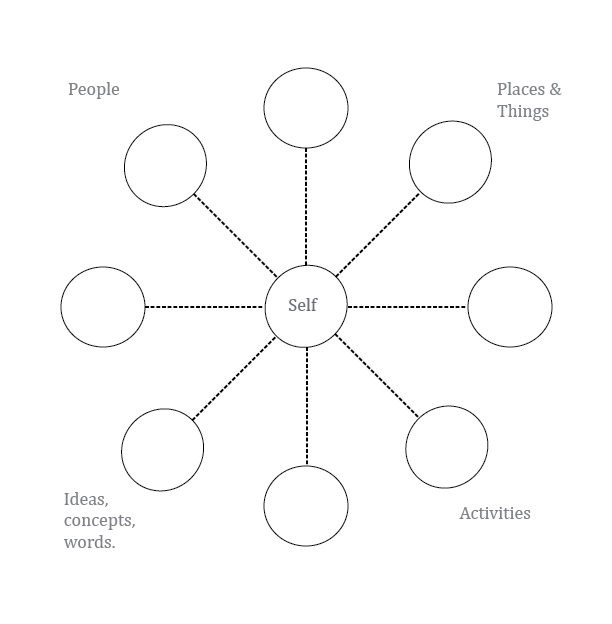Everything we do, we first do inside our minds – forming the world outside ourselves through our constant inner chatter about every relationship of which we are part, including with ourselves. This inner dialogue leads to our actions and therefore our creations in the world.
We spend every moment of our existence transforming our inner immaterial world into the material world, making it physical to be experienced by ourselves and others in the world outside of our minds. With our actions, whatever they may be and no matter how fleeting, we create human artefacts which take on a life of their own – each with a lifespan separate from our own, and an ability to not only influence others but also our future selves and further inner and collective thought. We leave our fingerprints on the world through every action.
It’s a dynamic process that continues to evolve with myriad potential actions we could take, each in turn influences our next action. In this way, the process of becoming may be thought of as both individual and collective action and be considered circular and iterative.
Thus, in ourselves, we may also be artefacts of everything that has gone before us. Everything that had influence in the past is embodied in us and therefore takes new form in the actions we take.
Containing Artefacts
The relationships of which we are part could be thought of as containers that hold us and shape our identities. For some this creates safety, for others it’s a box that keeps them from change.
An increasing awareness of the relationships which make up the containers of our lives, whether they provide safety or inertia that makes it difficult to break free, can provide us with renewed opportunities to begin to unform and re-form our lives, our identities, our communities and our relationship with the planet.
Let’s take a brief look at three possible types of artefacts that contain us and reflect on how we might shift their power to control our destinies.
In physical form.
Artefacts take many forms. The obvious ones are things like buildings, streets, art, clothing, homes – these things can be thought of as things with no obvious human language – they don’t speak directly to us verbally but they do speak to us and they do influence us. Many of them have lifespans far greater than the humans that create them.
I was born and raised in the prairies in Canada. Beyond the natural environment and the beauty that shaped my identity and attachment to this place, most things I encountered growing up were created by humans during the past 150 years. Even though I had some relationships with human artefacts created by the indigenous people who lived on this land long before others arrived, it was hard for me to imagine a time in human history more than a couple of centuries old. Calgary’s Heritage Park collected artefacts mostly from the early 1900s onwards; these shaped me and gave me a sense of how I fit into human history and perhaps where I might go. To me and many other young people it was as if humanity had only begun at the beginning of the 1900’s. As I grew older, however, through traveling abroad, seeing other places in the world shifted possibilities for me.
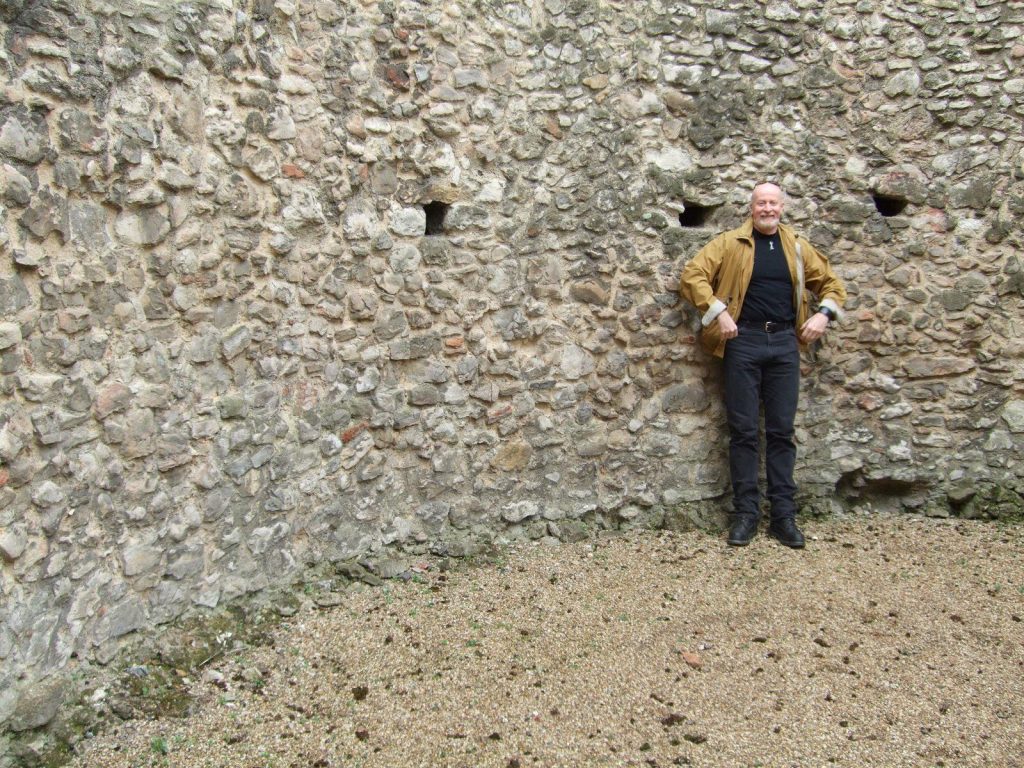
I remember in 2008 being quite emotional when I first touched part of London’s Roman City Wall. I was in awe of the fact it was still there. I recall now feeling it was a voice from the past still influencing the future. Certainly I was influenced to see a bigger picture beyond my short lifespan.
In consequence.
And then there are the less obvious manifestations, things like unintentional human influence on the natural world, and human influence on one another. Over the past hundred years, for example, we have had a tremendous and damaging effect on the oceans, air, and land – perhaps upsetting the very ecosystem that sustains humanity. The changes we’ve set in motion are rapid when comparing them to the age of the earth. In our human experience though, we barely notice the changes: a summer may be warmer than we remember, or wetter, or dryer. We hear on the news the extinction of another animal daily. These were creatures we never knew or barely remember. On New Year’s day 2019 Lonesome George, a Hawaiian tree snail ( Achatinella apexfulva ), the last known of the species, died (National Geography, 2019).
Cumulatively these changes are altering habitats on the planet. Earth may soon no longer support human life but if it does and if we are able to see our relationship with the natural environment in a different way, human life will be still inextricably altered. It’s happening as a result of our past relationships with the earth and the unintentional artefects we created. Those fingerprints continue to live on and define who we are today even though we may be evolving and starting to glimpse of what we’ve accidentally done to humanity and life in general.
The story of humanity’s survival, if we are to survive, may be marked with solemn humility and realisation of what we’ve done together over the past 100 years. Our ancestors set us on this path and we continue because the relational influences are too great for us to escape without unforming those relationships and reforming them anew.
A relational perspective may give us a chance and possibly the tools to see ourselves for what we have collectively become and where we are headed today. No one will make it alone and collectively we may not either, not without understanding that we are related to everything in the world. We must learn what gave rise to us in the first place and how the things that we created continue to act upon us.
In message.
Written material and other forms of media from cave paintings and geoglyphs, to youtube and celluloid film give our future selves the ability to look into the inner world of others to see how they ticked. These artefacts help us see how we became what we are now. Today, our engagement with various media grants those artefacts and therefore their creators permission to influence us.
Praxis
I opened this entry by suggesting that everything we do, we do first inside our minds. Is it not then important to deeply understand what we do in our minds and why in order to form the best world outside ourselves? Perhaps by working toward a more holistic understanding of our identities and the relational influences, and with conscious practice to be in dialogue with the whole rather than the parts, we could begin re-forming ourselves and therefore re-shaping the world outside of ourselves.
In the spirit of reflexive practice or conscious evolution. Here are a few questions to consider. These questions are intended to help you think about the relationships you have with human artefacts, those of your creation and those of others, and how these relationships hold or influence your personal development, your becoming. With more experience you will craft your own more powerful questions, but in so doing think about how your identity is influenced by human history, your past self, ideas, physical things, and others.
- In what ways is my identity being formed by my physical environment, possessions, and things I read, listen to, and watch?
- What parts of these influences might I think about differently? Are there some things that I could let go of, or pull closer?
- What are the stories that I hold onto that define who I am, and that may limit who I become, or more positively, help me become who I’d like to be? Are there parts of these stories that I need to reconsider or tell differently? Is there room for forgiveness or pride?
- What unintended consequences have been played out in my living and working environment, which influence the lives that I, my family and work colleagues lead.
Primed for continuation and change.
Whether these artefacts have been created intentionally in physical form, through unintended consequence by the way people have interacted with the world and one another, or through messages from the past, each relationship primes us to accept a continuation of the path we’re currently on, but they also set the stage for new directions, possibilities, and for conscious evolution.
This raises a concern of almost epic proportions. All of these artefacts in the outer world act on us and create a sense of inertia that can feel almost unstoppable. It can feel like one against everything. Some among us perpetuate this cycle. How often have you heard people in your circle say ‘that’s the way we’ve always done it.’ or ‘that’s not the way we do things here’. These types of statements, and actions that support them, are the essence of inertia. We may think that we can’t change because we hold onto a belief that we shouldn’t or it isn’t good to change.
We are in this sense formed by everything of the past and potentially held static.
The compelling question before us may be how we could reconsider what is shaping us today and perhaps give it a different meaning in order to positively influence our future – in ways that take advantage of our past mis-steps. If our individual and collective identities are products of past influences, how can we use what we know about the relational process of identity forming to unform, reshape and re-form them? How can we reconsider, and perhaps undo some of the things that we’ve come to embody? How can we change the odds from one against everything, to one-to-one?
Ultimately we must understand not only the process by which our identities were formed and subsequently manifested in human artefacts, but also learn and become skilled at a new process of unforming our collective and individual identities in order to create new and better forms for them. Such practice will help us create new artefacts that take us all to a better future.
In future sections, we’ll discuss what we might do to enlist the assistance of new human artefacts to help us change directions and support us in our goals.
